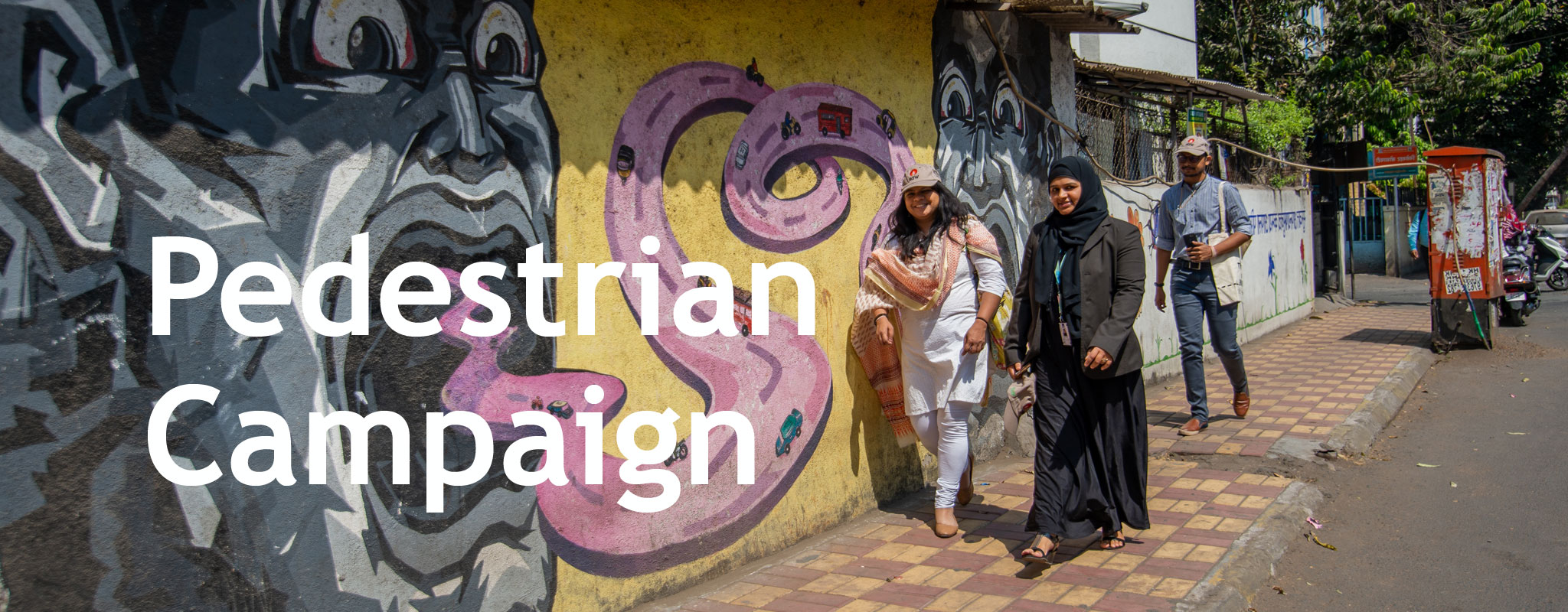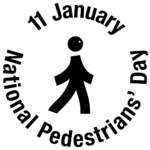
Walking is a simple, natural and sustainable mode of transport which fosters environmental stewardship and health. But in our current dispensation this mode has been ignored in policy, planning and implementation. Walking on the streets is neither easy nor safe especially for children, women and senior citizens which makes it less convenient, less comfortable, unpleasant and consequently a less preferred mode of locomotion. Nowadays, even for a short distance, people are preferring motorized transport. Reduction of walking is being seen across the modes – both in urban and rural areas. Many traditionally walking related trips (visiting market, hospitals, schools, etc.) particularly in small towns are also becoming highly motorized (especially the use of two wheelers). While walking as a mode is still prevalent but it is declining. Safety is one of the reasons out of many for this situation. While planning, we do not plan for people where the people will walk. We rather plan for vehicles, parking, etc. Those who walk today are mostly the captive users. The number of people who walk is not less, but as soon as they get an opportunity to not walk then they do not walk. And therefore, it is not a preferred mode. And because walking is restricted (limited) to captive users, it suffers from a poor image. Even though this is not true for all who walk, such people are very less in numbers (who walk for exercise, health, etc.). Because walking is related to only captive users, there is definitely a tendency to look at walking as something that you do only if you have no other means. Therefore, there is an image issue (social stigma). It is not the foremost thing in the mind of transport planners, urban planners and because of which the trend of walking is downward. Road traffic crashes kill about 1.5 lac people each year. More than 17% of these deaths occur among pedestrians. The capacity to respond to pedestrian safety is an important component of efforts to prevent road traffic injuries. Pedestrian collisions, like other road traffic crashes, should not be accepted as inevitable because they are, in fact, both predictable and preventable.
This is the current situation. But the reality is – walking is important. It is an active mode of transport and has multiple benefits to not just individuals but collectively to the society. There are lots of communities like senior citizens who need to walk, there are social benefits which are well understood. However, the reality is that nobody gives it a priority. That is why walking has a downward trend.
We believe that having a Pedestrians’ Day at the national level may help in various ways to improve the condition of pedestrians and create a walking friendly environment.
Why National Pedestrians’ Day?
National days serve as occasions to raise awareness about an issue, mobilize grassroot support through actions, garner media attention and thus create political will to address it. We believe that a National Pedestrians’ Day can similarly help celebrate the many joys and benefits of walking, highlight the problems pedestrians face, and encourage stakeholders to come together to discuss and find ways to protect, promote and prioritize walkability and foster a culture of walking in society - a culture where pedestrians are respected and given their due. So . . .
We want the Government of India to declare January 11 as National Pedestrians’ Day.
How can you support us?
Since the nature of the campaign is national, we need support from all parts of the country and from a wide array of stakeholders.
You can carry out one or more activities in your respective region/city from the list below:
B. Getting support for the campaign from:
a. Influencers
b. Prominent Personalities
c. Professional organizations, trade unions and CSOs
C. Creating awareness and generating public support for the demand for a National Pedestrians’ Day by:
a. On Ground Activities:
Arranging rallies
Local activities: which you think work best in your city or region
b. Media Engagement:
Organizing press conferences
Sharing press notes with the local media about the ongoing work
Effective use of social media and tagging the right people/authorities (we can share the social media content with each other)
c. Engagement with local leaders:
Writing letters to your local MPs (we’ll provide a template)
Involve local political leaders
Involve other decision-making authorities like the collectors, the police, etc.
